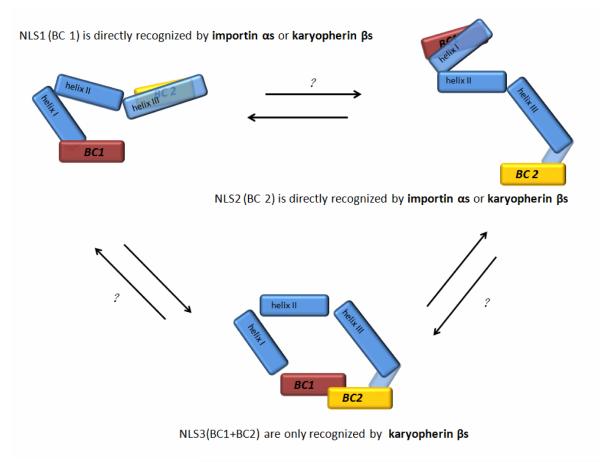Figure 4. Model of nuclear import of homeoproteins mediated by the homeodomain.
There are two basic amino-acid clusters (BC1 and BC2) at the ends of the homeodomain of homeoproteins. There are three forms of NLS found in the homeodomains: both BC1 and BC2 can function as an NLS independently (NLS1 or NLS2). BC1 can function as an NLS (NLS3) in conjunction with BC2. NLS1 and NLS2 can be recognized by either importin αs or karyopherin βs directly but NLS3 is only targeted by karyopherin βs. Therefore, nuclear import of homeoproteins can be mediated by both the classical and the nonclassical pathways. The homeodomain could use only a single NLS in certain conditions. As shown in the top left panel, if BC2 is structurally concealed, BC1/NLS1 could be functional. Alternatively as shown in the top right panel, if BC1 is structurally concealed, its BC2/NLS2 could function. When the homeodomain shows the NLS3 conformation (lower panel), only importin βs interact with NLS3 and nuclear import is mediated by a nonclassical pathway. The causes of possible interconversions among the three different NLS conformations are largely unknown (indicated by question marks).

